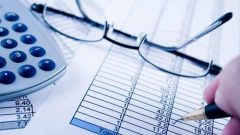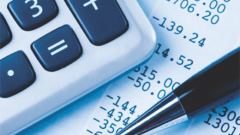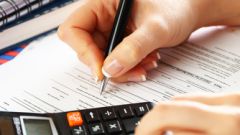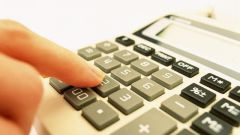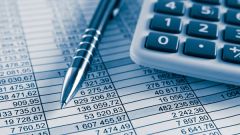Composition and types of accounts
Account more simple and less time consuming for the implementation of the current account, for example, than the balance sheet. They have a fairly simple structure and consist of the following elements: naimenovaniya and account number, and debit and credit side.
From the standpoint of economic sense there are active and passiveing account. At the core of the separation - purpose debit, credit and balance.
Active account
Active accounts are intended to account for the status and change of company funds in the context of their formation. They are responsible for its assets and liabilities on active accounts reflected the movement of assets. Active accounts include information about the assets that are on Bank accounts, warehouses, etc.
For them, the initial (reflects funds available at the beginning of the period) and closing balance, and the increase in funds is recorded in the debit account, the reduction hasslett - loan account.
The key accounts included:
- fixed assets (account 01) - this account is a record of the movement of fixed assets of the company;
- intangible assets (04) - the account is used to account for the movement of intangible assets and investments in R & d;
- materials (10) - is used to account for changes in the volume of materials, raw materials, fuel, semi-finished products, etc.;
- basic manufacturing (20) - used for accounting of production costs;
products (41) is used to account for the values acquired in the quality of goods for resale or processing;
- finished goods (43) is used to account for the volume of finished products;
- office of the organization (50) settlement accounts (51) - account for respectively the movement of the money on hand and on current account.
The differences of active accounts from the passive is that they have a debit beginning balance and ending balance. Another difference is that the debit turnover indicates an increase in funds and the credit reduction.
The liability account
The passive accounts keep records of the sources of formation and movement of funds. They displays the operations that change assets and the composition of the company's debts. They are designed for accounting of company's liabilities to partners, employees or government.
On passive accounts opening, ending balance, and the increase in funds is recorded on the loan. Reduction hassids appears on the debit side. The main passive accounts are:
- payments on short-term (66) and long-term credits and loans (67) - are used to account for state short-term (under one year) and long term (over one year) borrowings;
- calculations on wages (70) is used to record information on the payment of salaries and income stock;
- authorized (80), back (86) and additional capital (87) - sluzhashih record information about the movement of all types of capital of the company.
There are also active-passive account, showing the company's assets and sources of its formation. The active-passive includes accounts taking into account the calculations of the company with suppliers, partners, contractors, tax payments, insurance costs and pensions.

